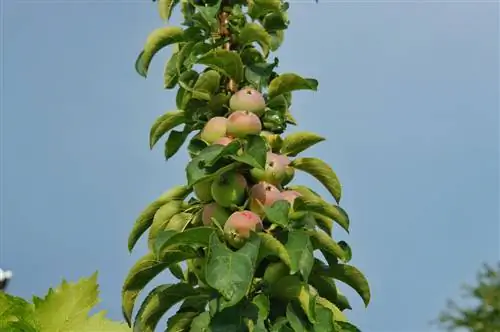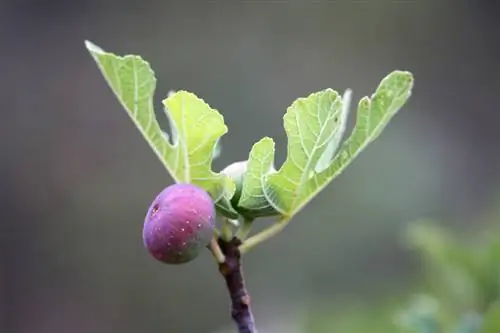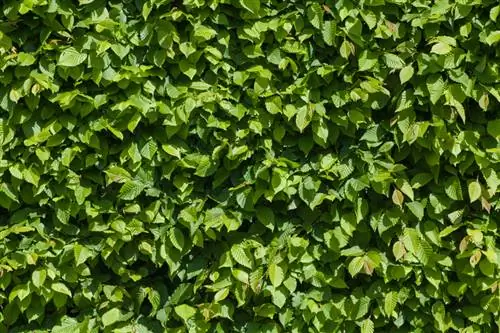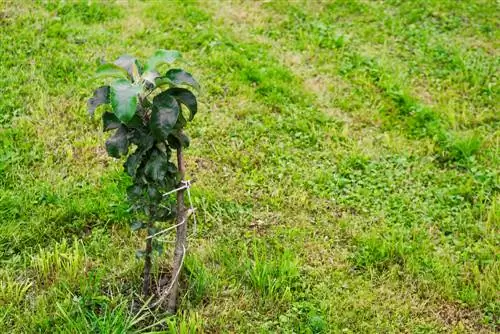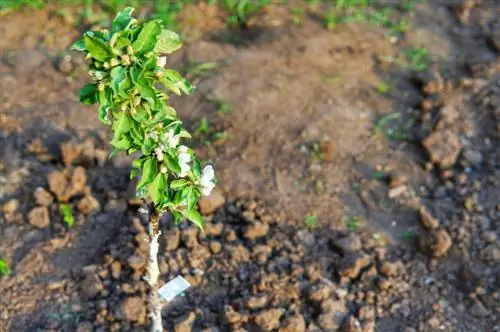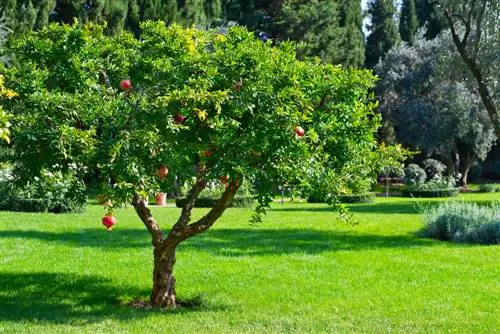- Author admin [email protected].
- Public 2023-12-16 16:46.
- Last modified 2025-01-23 11:21.
Many people have had supposedly bad experiences with mail-order fruit because the plants died within a relatively short period of time. Possible problems with the lifespan of plants are usually not due to their genetics, but rather to common care errors.
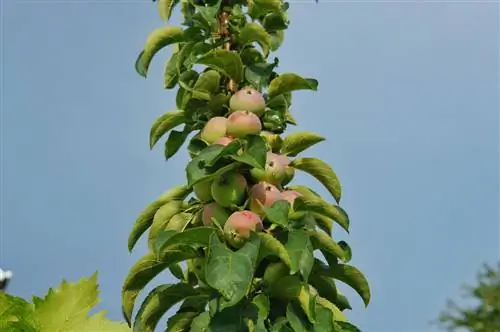
Is columnar fruit perennial?
Pillar fruit is perennial and, with good care, can deliver high yields for several decades. A suitable location, sufficiently large planters, regular fertilization, irrigation and professional pruning are important.
Pillar fruit can also get really old
In a suitable location in the garden or next to a sun-drenched house wall, different varieties of columnar fruit can reach considerable heights and deliver high yields over several decades. However, this also requires a certain amount of care, which includes professional pruning and appropriate fertilization.
Possible reasons for the decline of columnar fruit
Columnar fruit trees are often purchased for cultivation in pots on a balcony. There are various dangers lurking here that could potentially become problematic:
- too much shadow
- too small planters
- quick drying out of plant roots in a pot that is too small
- Frequently falling plants in windy conditions
- large temperature differences
- Problems with frost temperatures: plant roots are more exposed to the winter cold in a pot on the balcony
Tip
In principle, care should be taken to repot the columnar fruit into a significantly larger plant pot (€74.00 on Amazon) or to plant it in the outdoor bed, depending on when it was purchased. With appropriate fertilization, irrigation and regular pruning, column-shaped pears, cherries or plums should be easy to cultivate for several years like their larger relatives.

